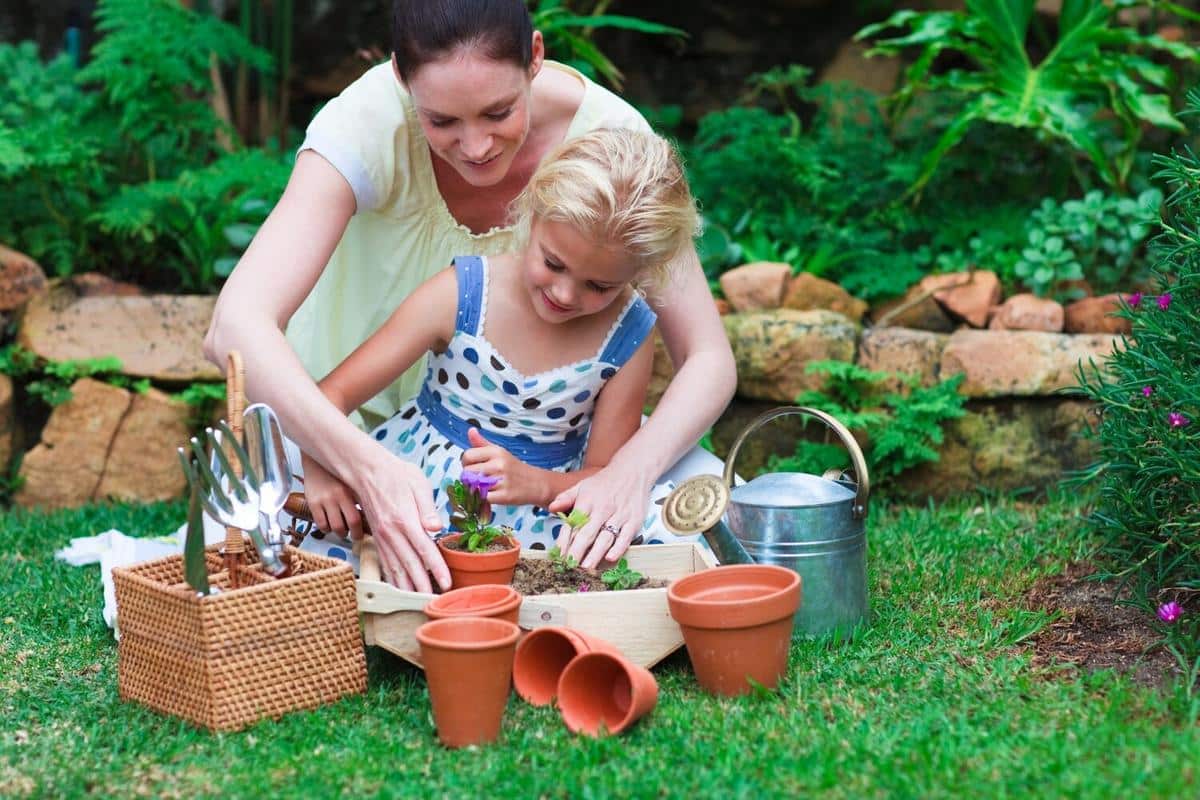
Gardening with Kids: Family Bonding and Sustainability
Gardening with children offers an enriching opportunity to connect with nature, foster family bonds, and teach valuable lessons in sustainability.
Why Gardening with Kids Matters
Gardening is not just about growing plants; it’s about nurturing life, understanding ecosystems, and appreciating the cycles of nature. According to the American Horticultural Society, children who engage in gardening develop better environmental stewardship and responsibility. As families look for ways to spend quality time together, gardening stands out as a meaningful and productive activity.
The Benefits of Gardening for Children
Educational Growth
Gardening introduces children to biology, chemistry, and environmental science. It’s a hands-on way to learn about plant growth, photosynthesis, and the importance of biodiversity.
Emotional and Physical Health
Studies show that spending time in nature reduces stress and enhances mood. Children who garden are more likely to eat vegetables, contributing to better nutrition and health.
Family Bonding
Working together in the garden fosters communication and teamwork. A family that plants together grows together, sharing responsibilities and celebrating successes.
Actionable Tips for Gardening with Kids
- Start Small: Begin with easy-to-grow plants like sunflowers or radishes.
- Make it Fun: Turn gardening tasks into games or competitions.
- Involve Them in Planning: Let children choose what to plant to increase their interest and involvement.
- Use Kid-Sized Tools: Provide child-friendly tools to make gardening easier and safer for kids.
Pro Tip: Create a garden journal with your kids to document plant growth, weather conditions, and personal observations. It’s a great way to integrate writing and drawing into the gardening experience.
Gardening as a Path to Sustainability
Introducing children to gardening is a step towards a more sustainable lifestyle. The Environmental Protection Agency emphasizes that home gardening reduces food waste and lowers carbon footprints. By understanding where food comes from, children learn the importance of conservation and eco-friendly practices.
| Plant | Growth Time | Difficulty Level |
|---|---|---|
| Sunflowers | 70-100 days | Easy |
| Radishes | 20-30 days | Easy |
| Carrots | 70-80 days | Moderate |
| Tomatoes | 60-80 days | Moderate |
| Pumpkins | 90-120 days | Challenging |
| Beans | 50-60 days | Easy |
| Lettuce | 30-45 days | Easy |
| Peppers | 60-90 days | Moderate |
Frequently Asked Questions
How do I keep kids interested in gardening?
Keep it interactive and fun. Regularly involve them in decision-making and celebrate small wins together.
What if we don’t have a garden space?
Consider container gardening or community gardens. Many urban areas have shared spaces for gardening enthusiasts.
Final Thoughts on Gardening with Kids
Gardening with kids is more than a hobby—it’s an investment in family relationships and the planet’s future. By making gardening a family activity, you instill a love for nature and sustainability in your children, creating lasting memories and life lessons. So grab some seeds, get your hands dirty, and start growing together!

